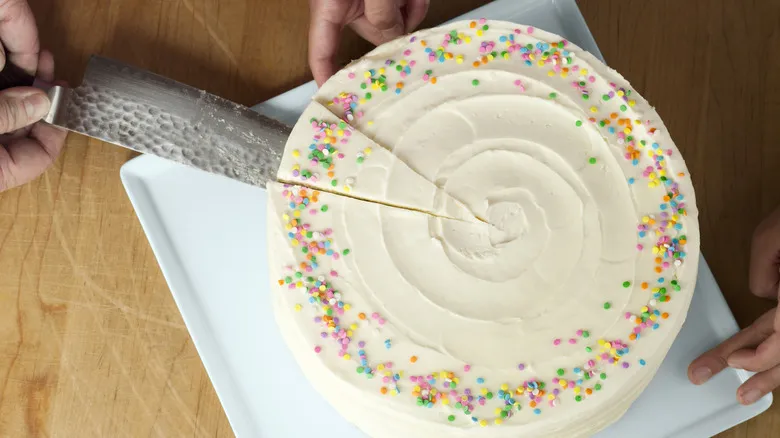Have your cake and cut it, too: additional tips

Even if you've chosen the ideal knife for the task, cutting a cake can be messier than you expect, especially when there's a lot of frosting involved. This might be acceptable for casual get-togethers, but if you're at a wedding or trying to serve slices to a group of eager young partygoers quickly, you'll appreciate any extra assistance you can find.
One of the most effective methods for achieving perfectly cut cake every time, in addition to using a serrated knife, is to rinse the knife in hot water between cuts, ensuring you dry it off before making the next slice. The heated metal glides more smoothly through a crumbly frosted cake, and this technique works well whether you're using a serrated or straight-edged knife.
Alternatively, you can skip the hot water and use a kitchen torch to heat the knife. If you choose this method, lightly moisten the hot knife with a damp paper towel before using it, rather than drying it. The moisture will help keep the knife cleaner. So, whether you're serving a classic chocolate or vanilla cake or reviving a long-lost nostalgic recipe, make sure to use the right knife and heat it between servings.
Recommended
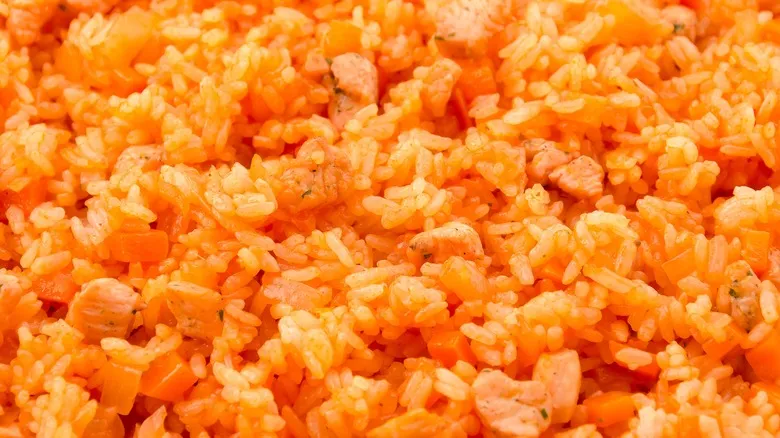
Crispy Ketchup Rice Is Your New Favorite Way To Use Up Leftovers
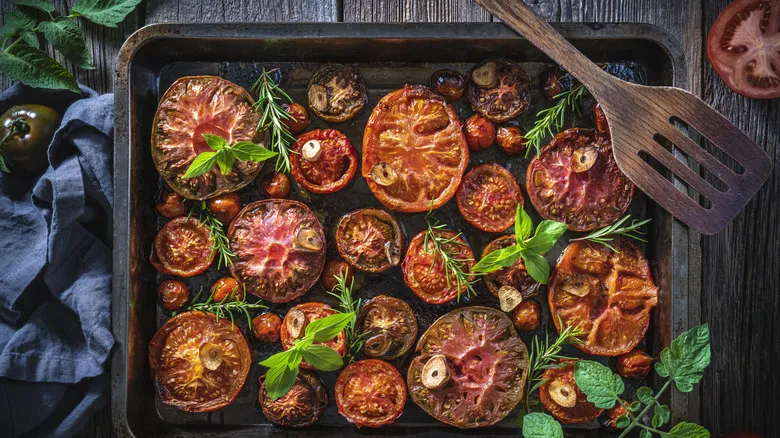
The Mistake Making Your Roasted Tomatoes Soggy
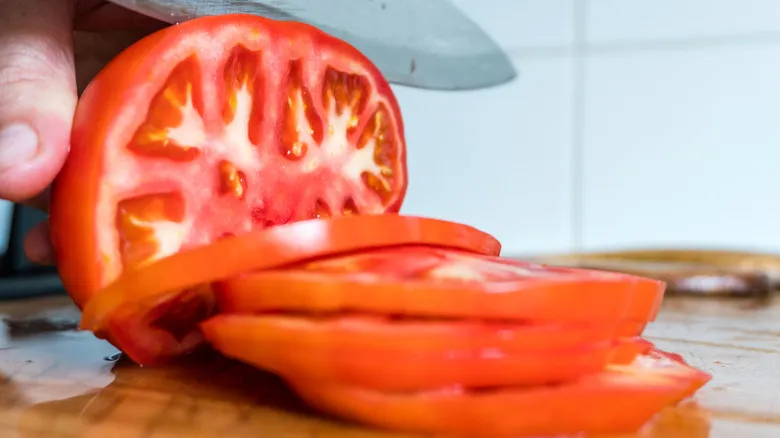
The Secret Ingredient That Gives Bland Tomatoes An Umami Boost
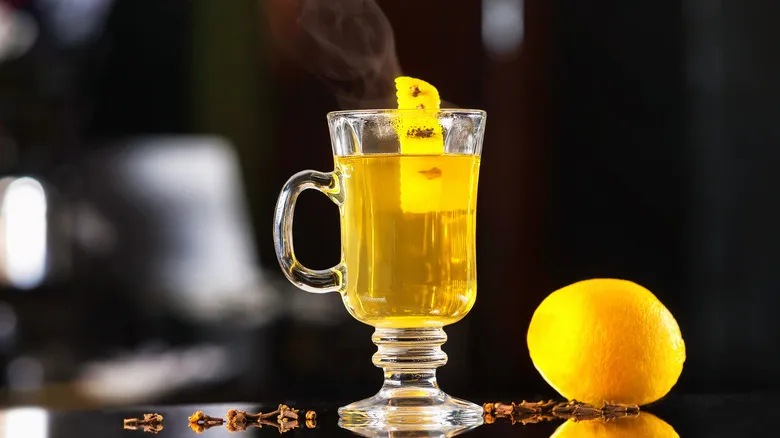
Give Your Long Island Iced Tea A Hot Toddy-Inspired Upgrade
Next up

